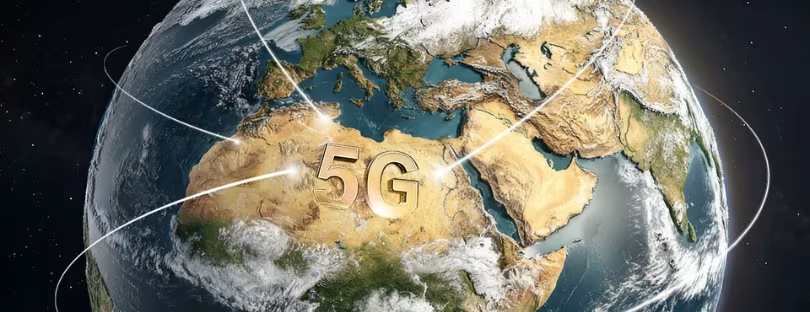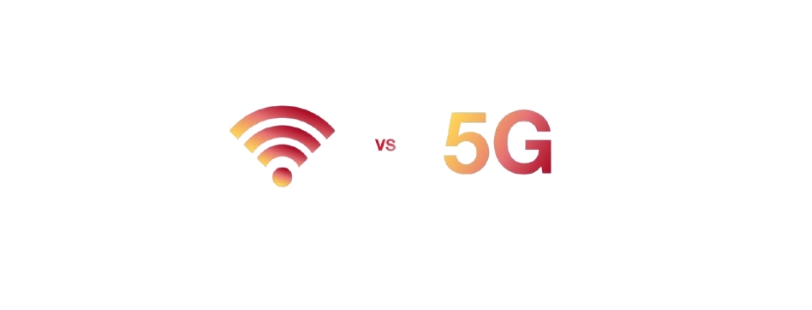
5G download speed is now faster than Wi-Fi in 7 leading 5G countries
Opensignal’s latest analysis demonstrates that 5G greatly improves the real-world speeds that users experience. And, even more significantly, 5G offers faster average download speeds than Wi-Fi in seven out of eight leading 5G countries. 5g download speed
Opensignal’s findings show the importance of not letting the current COVID-19 crisis — or active anti-5G disinformation campaigns — delay 5G rollouts because the increased capacity and faster speeds that 5G enables are critical to keeping people connected today and in the future with rising network usage.
In Nov 2018, when Opensignal first compared the cellular and Wi-Fi experience, we found that in 41% of countries smartphone users experienced faster speeds on cellular networks than on Wifi overall. But many of these countries were emerging mobile-first markets, in more developed markets Wi-Fi tended to be faster. Overall, we also forecast in that report that cellular technology would improve faster than fixed networks and Wifi, and so as 5G arrived mobile speeds would rise faster than Wi-Fi. Now, we find 5G is faster than Wi-Fi in seven out of eight leading 5G countries but 4G is faster than Wifi in only two of these countries, Australia and Saudi Arabia. The US is the exception, where Wi-Fi continues to offer a small edge over 5G because of the large number of US 5G users connecting on widely available, but relatively slow, 5G networks that are deployed using low spectrum bands.
Across Asia-Pacific countries, Europe, and the Middle East, 5G speeds are now multiples of local Wi-Fi averages, which range from 21.4Mbps to 74.5Mbps depending on the country. In top performer Saudi Arabia, 5G (291.2Mbps) averages over 13 times faster than Wi-Fi (21.4Mbps), and nearly 12 times faster than 4G (24.4Mbps); in the United Kingdom, the second-worst performer, 5G (146.8Mbps) is still over 4 times faster than Wi-Fi (34.1Mbps) and 5.5 times faster than 4G (24.9Mbps). 5g download speed
U.S. Wi-Fi (59.8Mbps) is currently faster than in many countries, and twice as fast as U.S. 4G (27.7Mbps), but 5G averages only 52.3Mbps — slower than Wi-Fi, and not even twice as fast as 4G. That’s a bad start for the next-generation technology, and especially concerning since the U.S. lagged behind much of the developed world during the 4G era. Many parts of the country are still saddled with sluggish cellular speeds well below the standard’s capabilities.
Another issue affecting many 5G deployments is the smaller availability of 5G towers compared with 4G. Even in the Middle East, where 5G was available over 30% of the time to users in Kuwait and Saudi Arabia, that percentage pales by comparison with the 86% to 92% availability of 4G there. Consequently, 5G device users still live with 4G performance most of the time. But in the United States, 5G availability was only 12.7% — and slow — while the bottom-performing U.K. offered a meager 5.2% availability for its faster 5G service, compared with nearly 90% for 4G.











